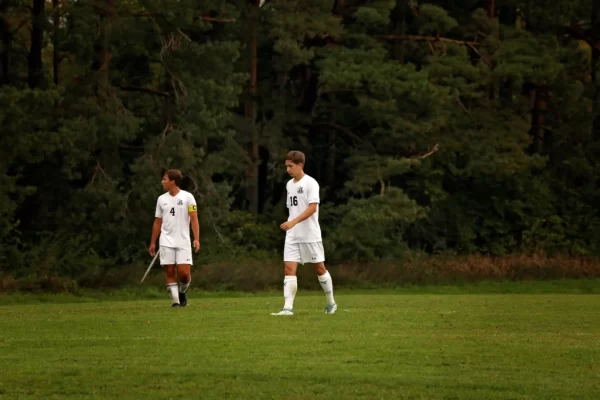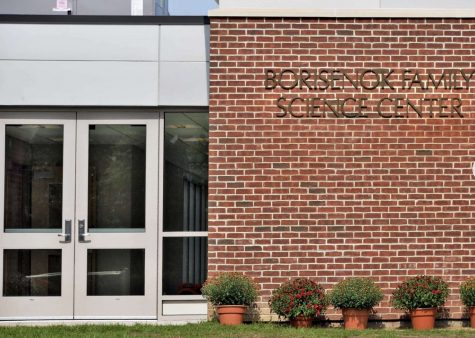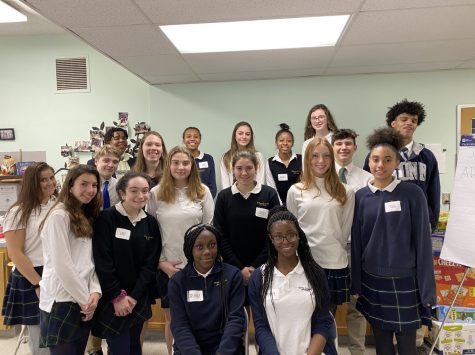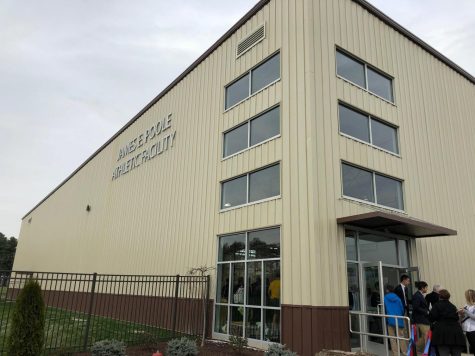The Forgotten Artist
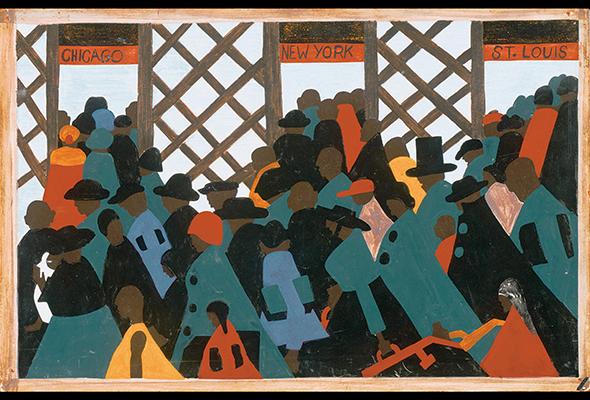
April 8, 2015
I will begin with a question: What defines you? You may say your height, personality, eyes, the color of your skin, but let’s think further. Secondly, where do you come from? Who came before you? Who has influenced you and made you who you are? Think it over. Thirdly, do you recognize these people? Do you acknowledge them every day? How, and what, will you leave behind? Many people have known the answers to all of these questions. However, none of them have ever taken those answers and sparked as big a revolution with them as one man has.
Jacob Lawrence was born on September 7, 1917, in Atlantic City, New Jersey. He and his family zig-zagged through the country, from Easton, Pennsylvania, to Philadelphia, and finally to Harlem in New York City. While in daycare at the Utopia House in Philadelphia, he fell in love with art. Even after he dropped out of school to earn money for his family, he regularly attended evening art classes in Harlem taught by the likes of Charles Alston (1907-1977) and Augusta Savage (1892-1962). He was allowed by Alston to open up his own workspace inside of Alston’s studio. After going to the American Artists School on a scholarship from 1937-1939, he opened up a studio in Harlem and set to work.
Lawrence became famous after displaying a set of paintings painted between 1940 and 1941 titled Migration of the Negro. His works were identified by his use of strong colors and basic shapes. He focused on African-American history as well as his life in Harlem.
Later in his life, Lawrence taught at Brandeis University, Black Mountain College, and the University of Washington. He also received many awards, such as being inducted into the American Academy of Arts and Letters and the Spingarn Medal from the National Association for the Advancement of Colored People (NAACP). He, along with other artists such as Aaron Douglas, Archibald Motley, and Romare Bearden, led the Harlem Renaissance, a time during which African-American art flourished.
Jacob Lawrence was an enigma. His works survived for years and have been displayed just about everywhere. The legacy he left behind was, at the very least, monumental. However, almost no child learns about this great man. It is a shame. Maybe one day, like Lawrence, we can use the past to create something great. Maybe one day we can find a solution to question number three.

